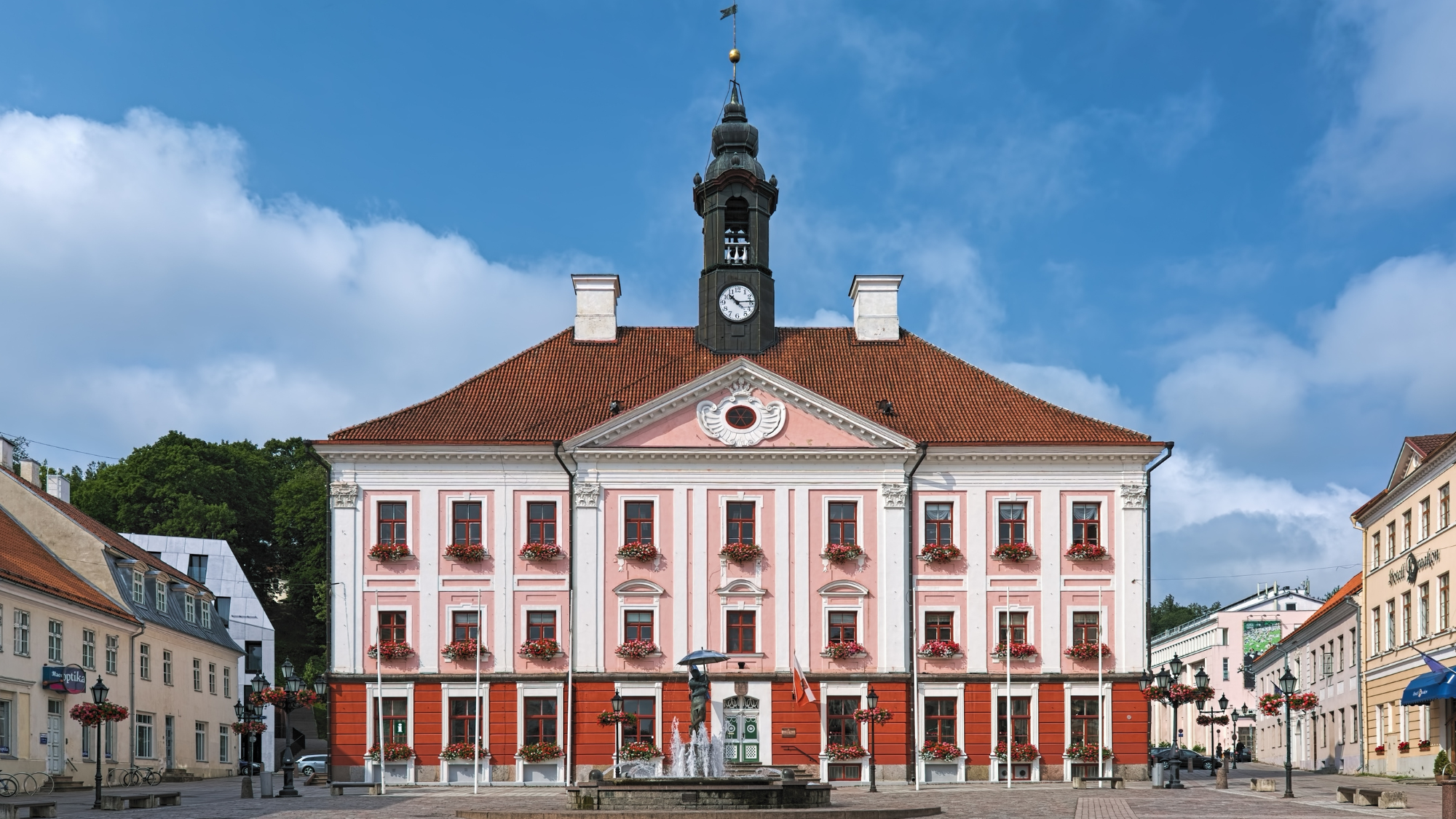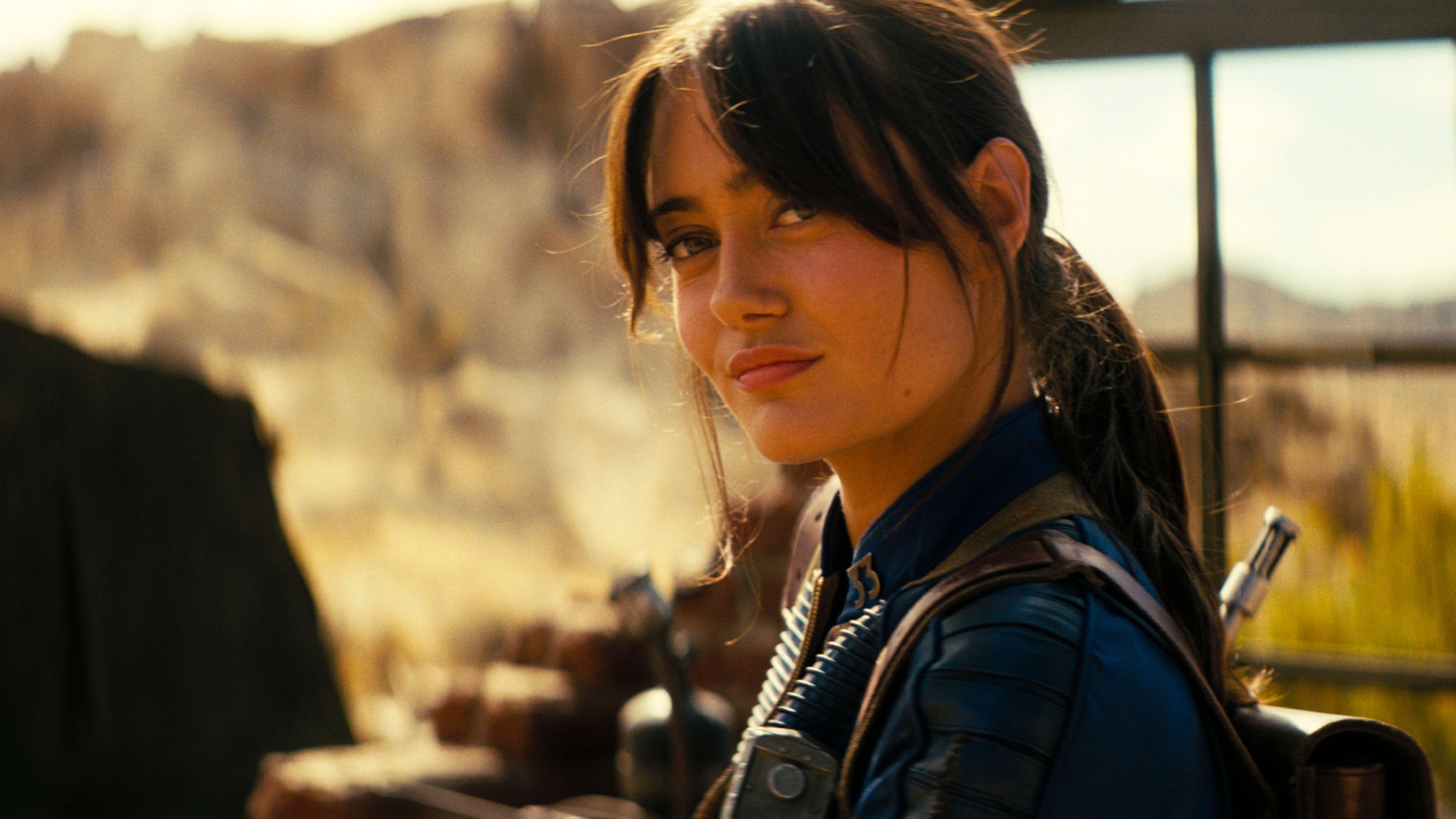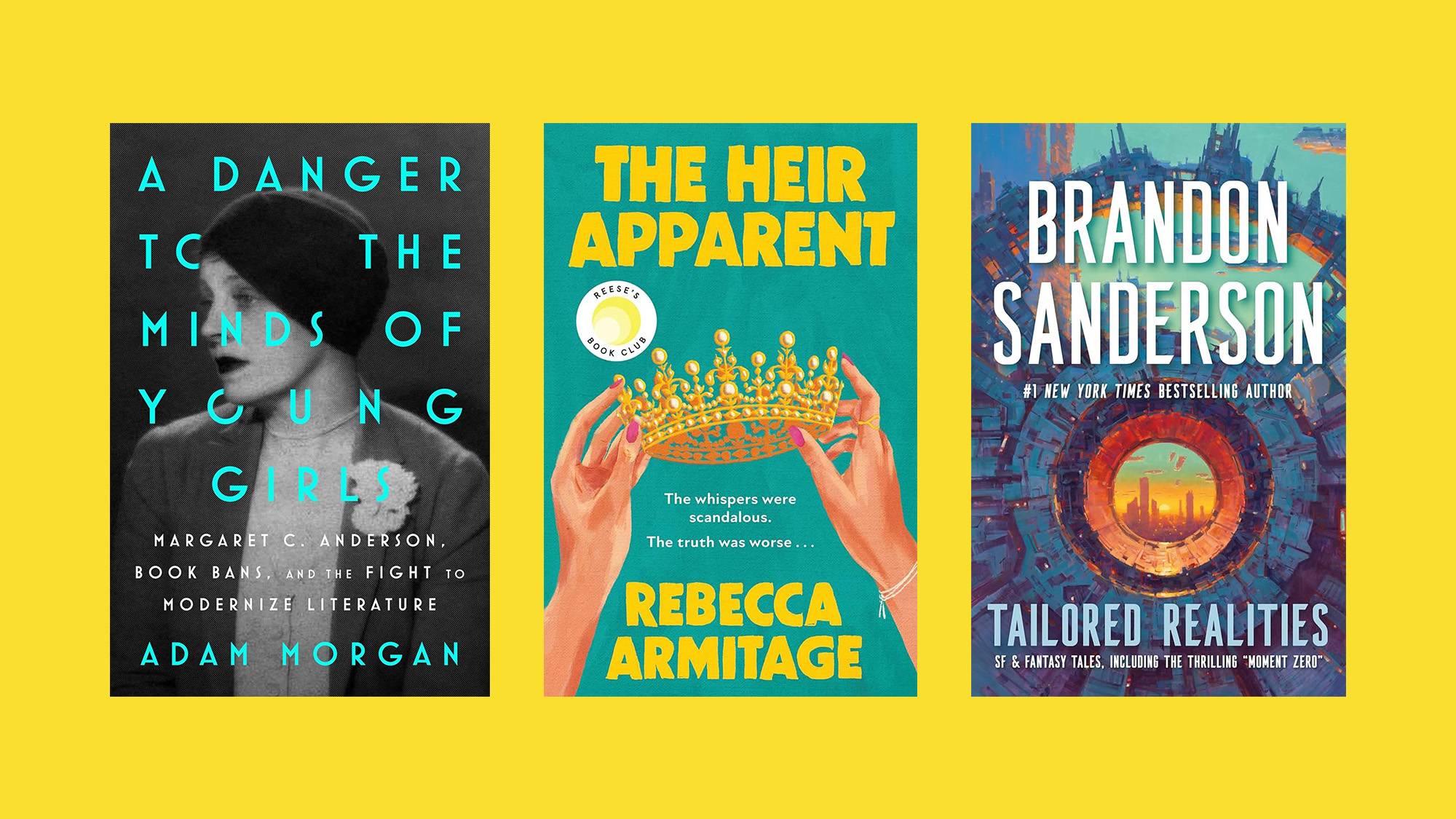Tartu: Estonia's lesser-known cultural hub
This affordable Baltic city is home to an array of museums, galleries and arts venues

Estonia's second-biggest city is finally having its moment in the spotlight. Crowned one of three European Capitals of Culture for 2024, Tartu is located around 100 miles south of the buzzing capital, Tallinn, and is home to the country's oldest and largest university.
"There's much to like about Tartu," said Ben West in The Times. "Easy on the wallet", with a "studious yet youthful vibe", here you can fill the days wandering along the banks of the Emajõgi River, exploring the small Baltic city's neighbourhoods and marvelling at the impressive architecture.
Its "charming" cobbled streets in the old town, coupled with its close proximity to the "wild landscapes" of southern Estonia, make Tartu one of the most "underrated" destinations in the region, said Berkok Yüksel in National Geographic.
The Week
Escape your echo chamber. Get the facts behind the news, plus analysis from multiple perspectives.

Sign up for The Week's Free Newsletters
From our morning news briefing to a weekly Good News Newsletter, get the best of The Week delivered directly to your inbox.
From our morning news briefing to a weekly Good News Newsletter, get the best of The Week delivered directly to your inbox.
Brimming with galleries, museums and arts venues, the city is hosting over 1,000 events and exhibitions throughout the year to celebrate its capital of culture designation.
What to do
Start off by visiting the city's central Town Hall Square, where you'll find the Tartu Art Museum, "affectionately" known as "the leaning house" or the Pisa Tower of Tartu, said National Geographic. Built next to the mediaeval city wall in 1793, the museum hosts a year-round exhibition of Estonian art.
Be sure to explore Supilinn (Soup Town) – formerly one of Europe's oldest slums, now filled with "beautifully preserved" wooden houses, said The Times. Situated just north of the city centre on the right bank of Emajõgi River, this "leafy and tranquil" neighbourhood is filled with pretty gardens and colourful street art.
It's also well worth visiting Aparaaditehas, said Siobhan Reid in Vogue. The "Soviet-era factory turned beehive of creativity" is home to a collection of contemporary art galleries, alongside the popular Müürilille flea market.
A free daily email with the biggest news stories of the day – and the best features from TheWeek.com
Another "essential stop" is the Estonian National Museum, set within an "angular glass and concrete building" on a former Soviet airbase just outside the city. Spend "at least two hours" exploring its "airy exhibition halls" filled with fascinating artefacts from Estonia's history.
Where to eat and drink
Located behind the Town Hall Square inside Hotel Lydia, Hõlm has an open kitchen that allows diners to watch chefs "painstakingly decorate dishes" while waiting staff offer "lengthy explanations" about the plates of food, said Isabel Choat in The Guardian. "It's a little over the top – but the food is undeniably good". Look out for the "creamy" yuzu mousse with soured cream ice cream.
If you spend an afternoon in Supilinn, be sure to stop at Kakk, said The Times. During the day, the "cosy cafe with a mish-mash of vintage furniture" serves delicious pastries and "wholesome" vegan soup; at night it transforms into an "atmospheric" bar with live music.
Or, for an "impressive" selection of cocktails and light bites, head to Cafe Truffe in Tartu's old town. Dishes span everything from Ukrainian dumplings to crispy artichokes with Parmesan and truffle mayonnaise.
Where to stay
Set within the former site of Estonia's first art school, Art Hotel Pallas pays tribute to its history through the "vibrant murals" that decorate its "stylish" rooms, said National Geographic. A five-minute walk from the historic centre, the boutique hotel is the perfect base for exploring the city.
"Effortlessly" blending comfort and style, Hotel Lydia is located by Tartu's main square and looks out over the "pretty, wooded" Toomemagi Hill, said The Times. Major draws include the easy access to Hõlm restaurant, and the hotel's tranquil spa with an indoor gym, pool and sauna.
Irenie Forshaw is a features writer at The Week, covering arts, culture and travel. She began her career in journalism at Leeds University, where she wrote for the student newspaper, The Gryphon, before working at The Guardian and The New Statesman Group. Irenie then became a senior writer at Elite Traveler, where she oversaw The Experts column.
-
 Political cartoons for December 7
Political cartoons for December 7Cartoons Sunday’s political cartoons include the Trump-tanic, AI Santa, and the search for a moderate Republican
-
 Trump’s poll collapse: can he stop the slide?
Trump’s poll collapse: can he stop the slide?Talking Point President who promised to ease cost-of-living has found that US economic woes can’t be solved ‘via executive fiat’
-
 Codeword: December 7, 2025
Codeword: December 7, 2025The daily codeword puzzle from The Week
-
 A postapocalyptic trip to Sin City, a peek inside Taylor Swift’s ‘Eras’ tour, and an explicit hockey romance in December TV
A postapocalyptic trip to Sin City, a peek inside Taylor Swift’s ‘Eras’ tour, and an explicit hockey romance in December TVthe week recommends This month’s new television releases include ‘Fallout,’ ‘Taylor Swift: The End Of An Era’ and ‘Heated Rivalry’
-
 December’s books feature otherworldly tales, a literary icon’s life story and an adult royal romp
December’s books feature otherworldly tales, a literary icon’s life story and an adult royal rompThe Week Recommends This month's new releases include ‘The Heir Apparent’ by Rebecca Armitage and ‘Tailored Realities’ by Brandon Sanderson
-
 Jane Austen lives on at these timeless hotels
Jane Austen lives on at these timeless hotelsThe Week Recommends Here’s where to celebrate the writing legend’s 250th birthday
-
 May your loved ones eat, drink and be merry with these 9 edible Christmas gifts
May your loved ones eat, drink and be merry with these 9 edible Christmas giftsThe Week Recommends Let them eat babka (and cheese and licorice)
-
 10 concert tours to see this winter
10 concert tours to see this winterThe Week Recommends Keep cozy this winter with a series of concerts from big-name artists
-
 6 gripping museum exhibitions to view this winter
6 gripping museum exhibitions to view this winterThe Week Recommends Discover the real Grandma Moses and Frida Kahlo
-
 Pull over for these one-of-a-kind gas stations
Pull over for these one-of-a-kind gas stationsThe Week Recommends Fill ’er up next to highland cows and a giant soda bottle
-
 The 8 best sci-fi series of all time
The 8 best sci-fi series of all timethe week recommends Imagining — and fearing — the future continues to give us compelling and thoughtful television